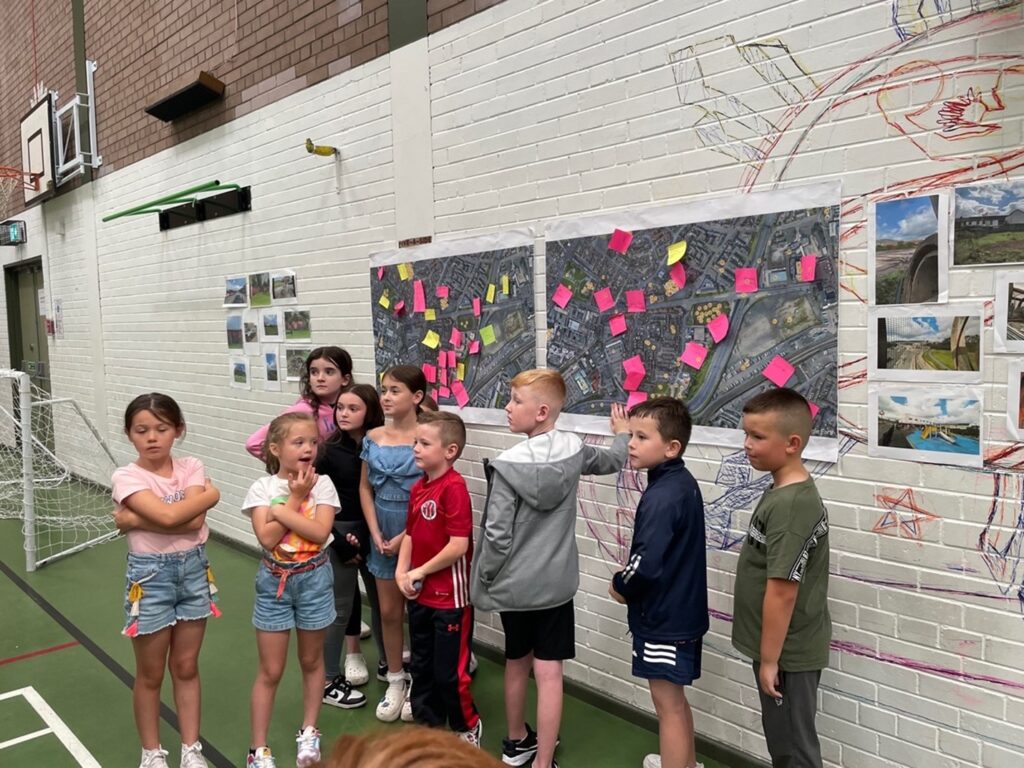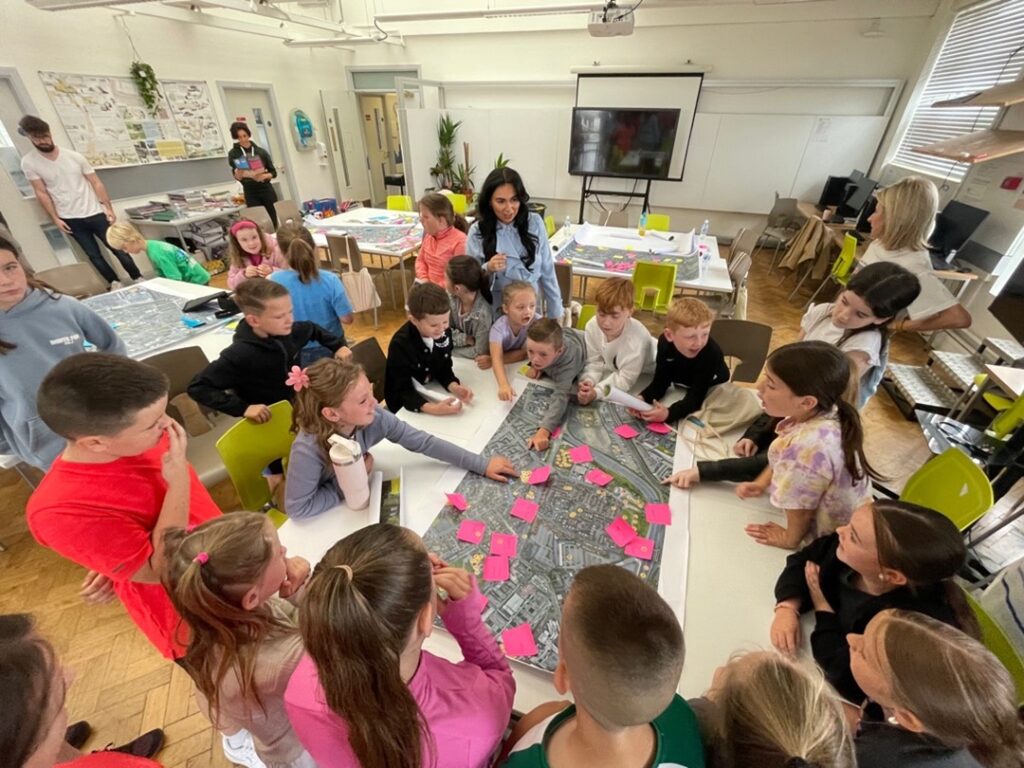
20 September 2024, Nairobi. – In a world where cities face increasing social, environmental, and economic challenges, building healthy neighbourhoods is critical. The “My Neighbourhood” conference in Belfast, held in August 2024, offered a unique platform for exploring strategies to design sustainable, inclusive urban spaces. This event is especially relevant to young professionals and activists eager to drive meaningful change in their communities. It highlighted how divided cities, like Belfast, can address long-standing physical and social divisions through community-focused urban planning.
Why the Conference and Workshop Matter for Healthy Neighbourhoods
The importance of the My Neighbourhood conference lies in its emphasis on creating compact, connected, resilient, vibrant, and inclusive neighbourhoods. This integrated approach is essential for addressing local challenges and fostering healthier communities. Young professionals and activists can draw inspiration from this approach to tackle urban fragmentation, social segregation, and inequality in their own contexts.


The workshop that followed the conference, which brought together children from divided communities in Belfast, is a prime example of how inclusive urban planning can start at the grassroots level. The children’s ideas, developed through creative exercises like mapping their neighbourhoods and modeling solutions, show that even the youngest citizens can contribute to building safer, more vibrant neighbourhoods. This participatory approach is key to ensuring that neighbourhoods are designed to reflect the needs of all community members.

The Role of “My Neighbourhood” in Sustainable Urban Design
The “My Neighbourhood” framework, developed by UN-Habitat, is a powerful tool for achieving sustainable neighbourhoods. As outlined in their publication, “My Neighbourhood” serves as a practical guide for localizing global and national policies into actionable urban design interventions. It aligns with the Sustainable Development Goals (SDGs) and the New Urban Agenda, which focus on building more inclusive, safe, resilient, and sustainable cities.
Read more about the MyNeighbourhood framework here
One of the framework’s key strengths is its multidimensional approach. It connects various aspects of urban life—such as transport, housing, public spaces, and social networks—across different spatial scales, from the neighbourhood level to city-wide systems. This ensures that no area is overlooked, and that urban planning initiatives address not just infrastructure but also social, economic, and environmental dimensions.

Addressing Division and Promoting Unity
One of the key highlights of the conference was its focus on Belfast’s unique challenges—particularly the longstanding physical, political, and social divisions between its communities. The event explored how local and international strategies can address these divisions, presenting a wide array of projects from cities like London, Barcelona, and Cape Town. These discussions emphasized the role of placemaking, participatory processes, and gender-sensitive urban planning, all crucial topics for today’s urban change-makers.
This event is an opportunity to rethink how divided communities can be unified through sustainable design and planning. The conference demonstrated that creating compact, connected, resilient, vibrant, and inclusive neighbourhoods is not just about physical infrastructure but also about addressing social barriers.
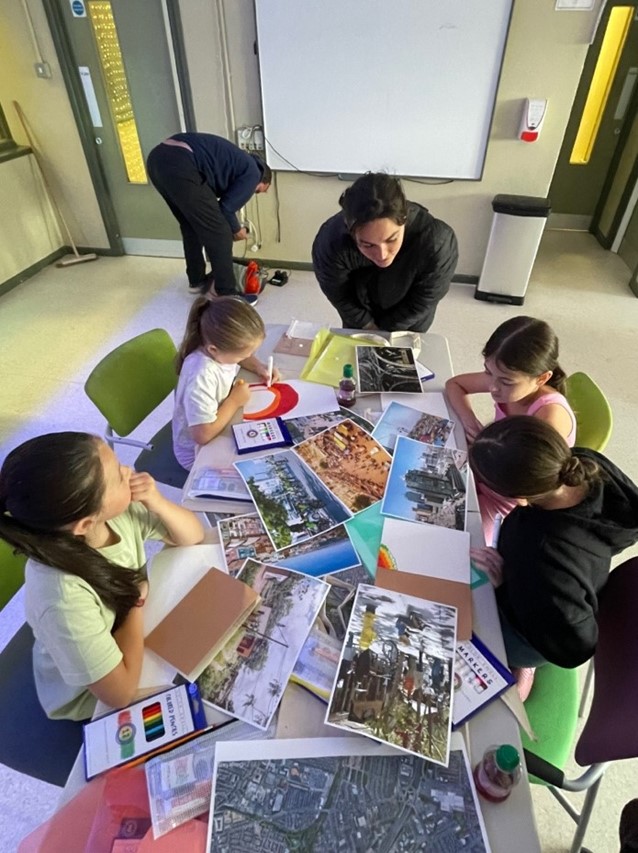
Learning From International Perspectives
The conference wasn’t just about Belfast. It provided a global platform where participants could exchange ideas and best practices from other cities, learning how to apply those experiences to their local contexts. London’s efforts in combating social segregation, Barcelona’s emphasis on participatory urban processes, and Cape Town’s gender-sensitive planning initiatives all served as learning points for attendees.
This is a reminder of the importance of looking beyond your immediate environment for solutions. Urban challenges may be local, but the strategies to solve them can be universal.
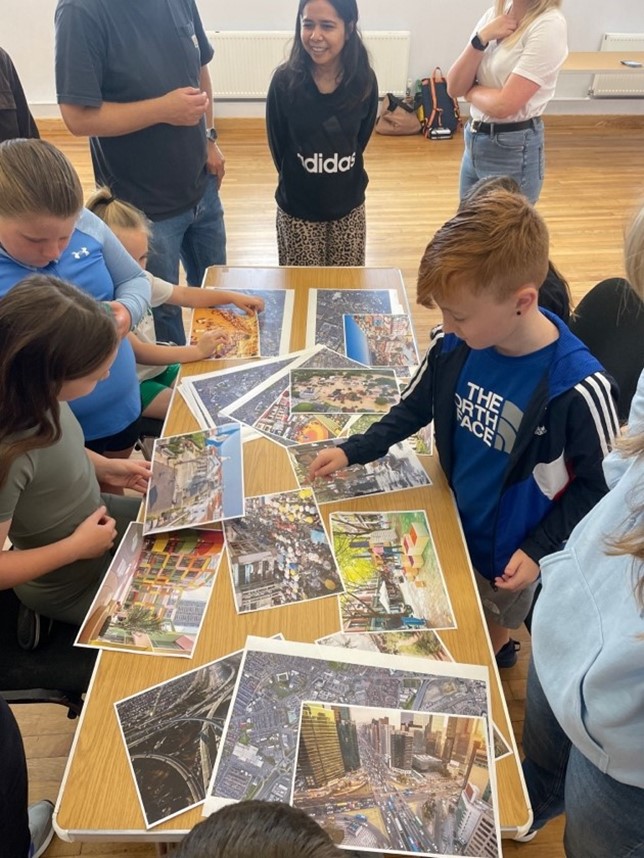
Engaging the Next Generation
Perhaps one of the most inspiring aspects of the My Neighbourhood conference was its accompanying workshop, which engaged children from divided communities in Belfast. The workshop aimed to foster unity by bringing children together to reimagine and improve their shared environment around peace walls that have long divided their neighbourhoods.
The young participants engaged in activities that challenged them to think critically about their urban spaces—what they liked, what felt unsafe, and how they would redesign these spaces. Using everything from emoji stickers to 3D playdough models, the children showcased their vision of safer, more inclusive neighbourhoods. This engagement highlights how even the youngest members of society can contribute to urban innovation.
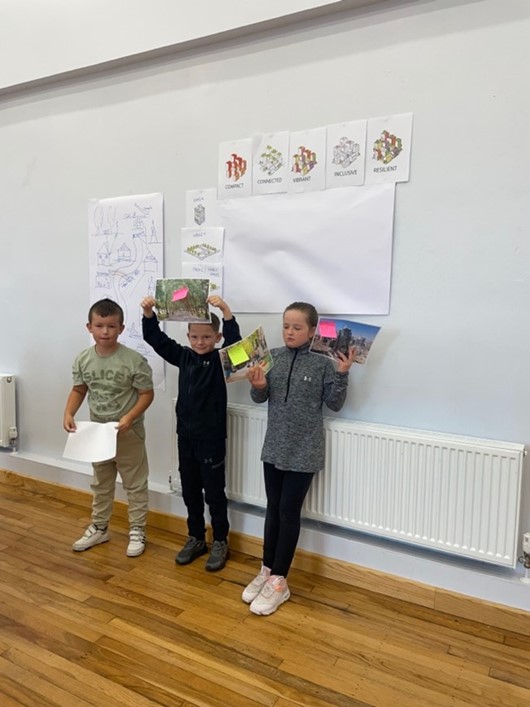
Lessons for Activists and Professionals
The lessons from the workshop are profound for young professionals and activists. First, it’s a reminder of the power of participatory urban design. Engaging communities, especially young people, in the design process ensures that their voices are heard and that the solutions created reflect their needs. Second, it’s a call to use creative and innovative methods to foster dialogue between divided groups.
For professionals in urban planning, community development, or activism, integrating these participatory and creative methods can lead to more cohesive and vibrant neighbourhoods.
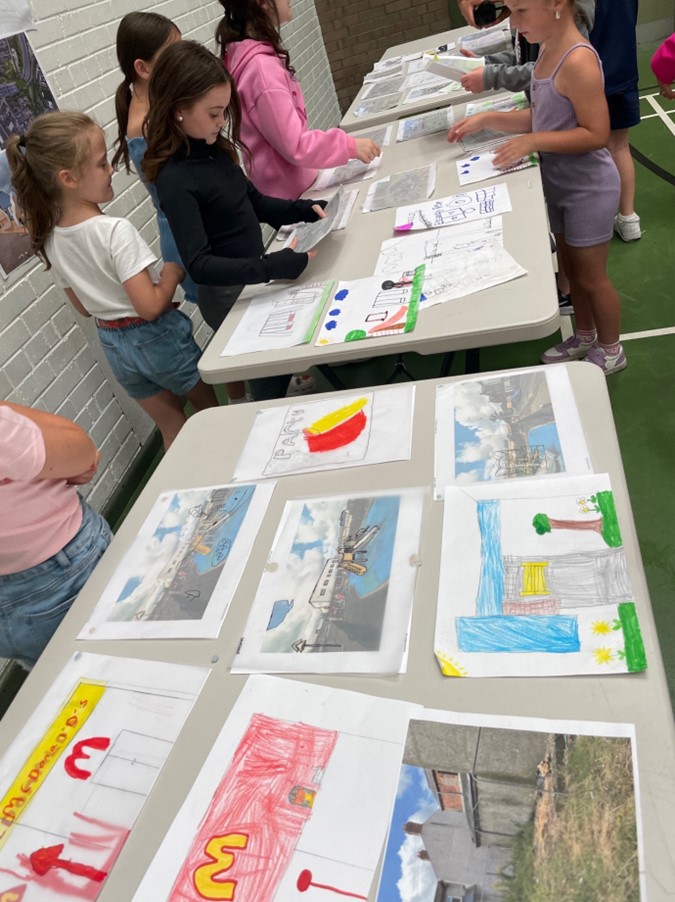
Final Thoughts
The My Neighbourhood conference in Belfast is a powerful example of how innovative approaches to urban development can address deep-rooted social challenges. It shows that with the right tools, professionals and activists can help bridge divides, promote inclusivity, and build stronger communities.
You have the opportunity—and the responsibility—to be part of this movement. Whether through sustainable urban planning, social innovation, or grassroots activism, there’s a role for everyone in shaping the future of our cities.
Let’s take inspiration from the lessons of Belfast and work towards neighbourhoods that are not just spaces where people live but places where communities can truly thrive.
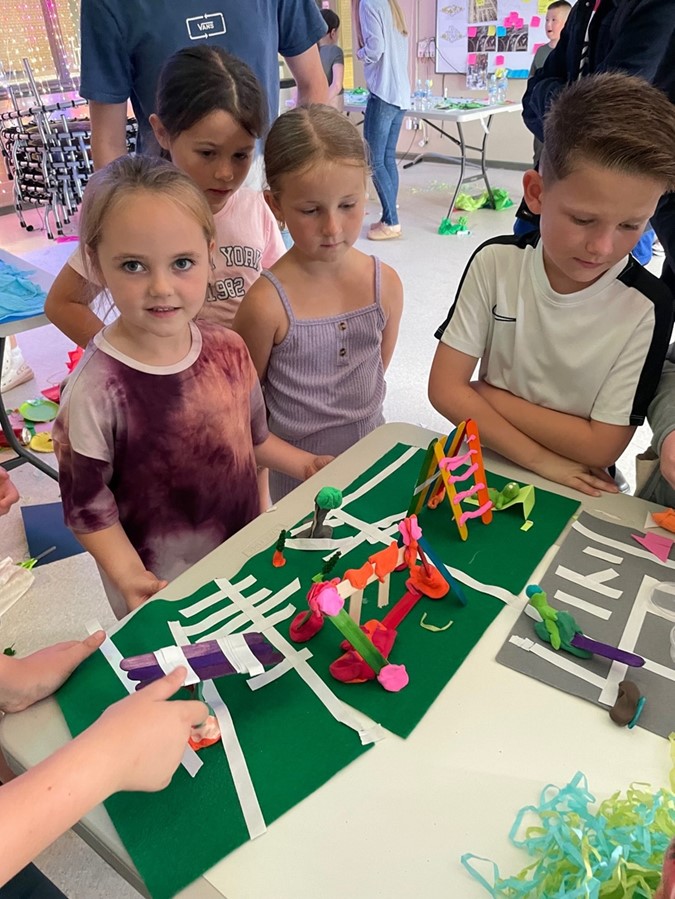
***
By embracing these strategies, you can help build neighbourhoods that are not only more resilient to challenges but also vibrant, inclusive spaces where communities can thrive. The work being done in Belfast, with its focus on bridging divides and empowering even the youngest voices, serves as an inspiring example of what’s possible when communities come together to envision a better future.
This event shows that urban transformation is possible when diverse voices come together, and young professionals like you are perfectly positioned to lead this change.
